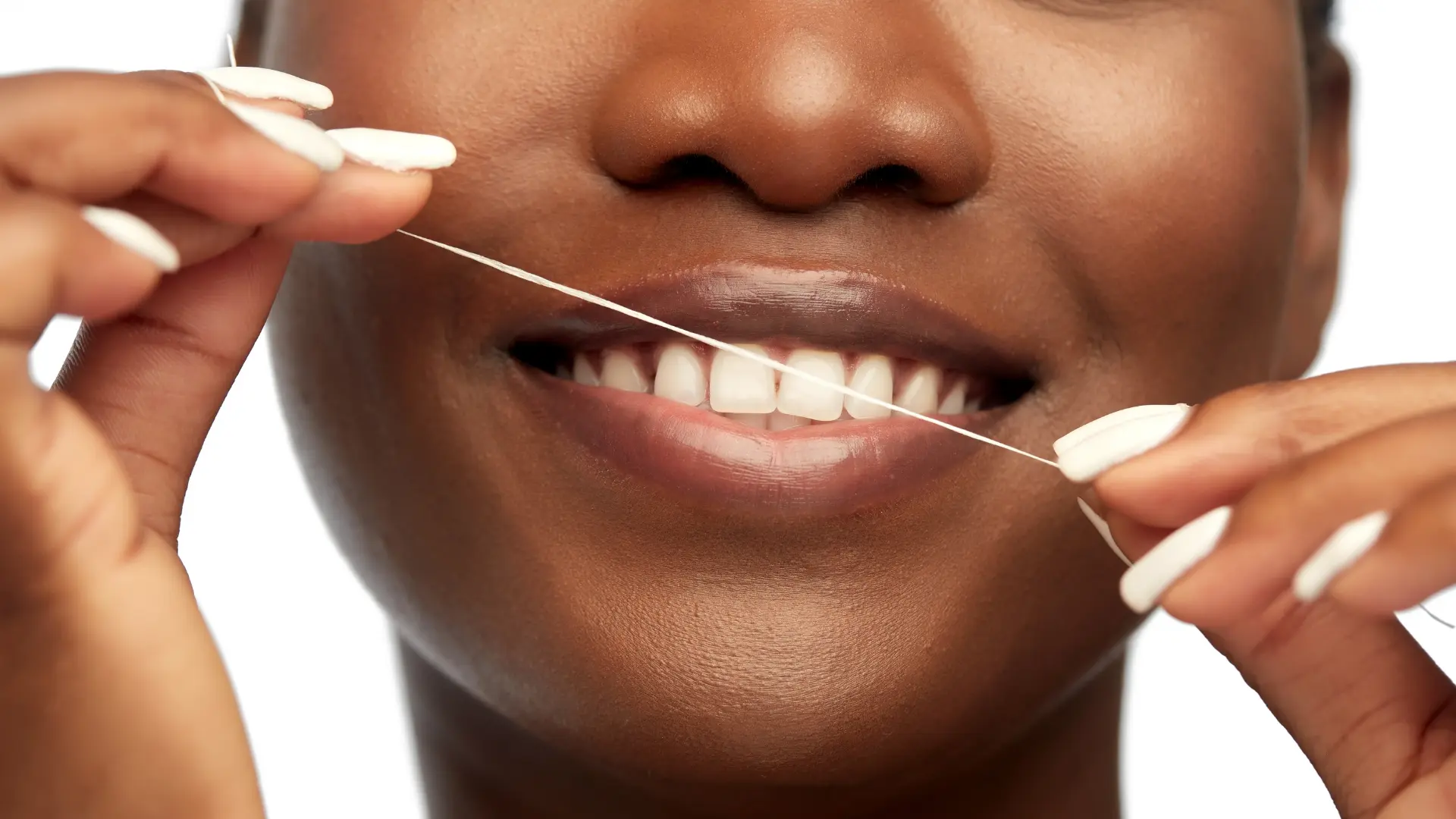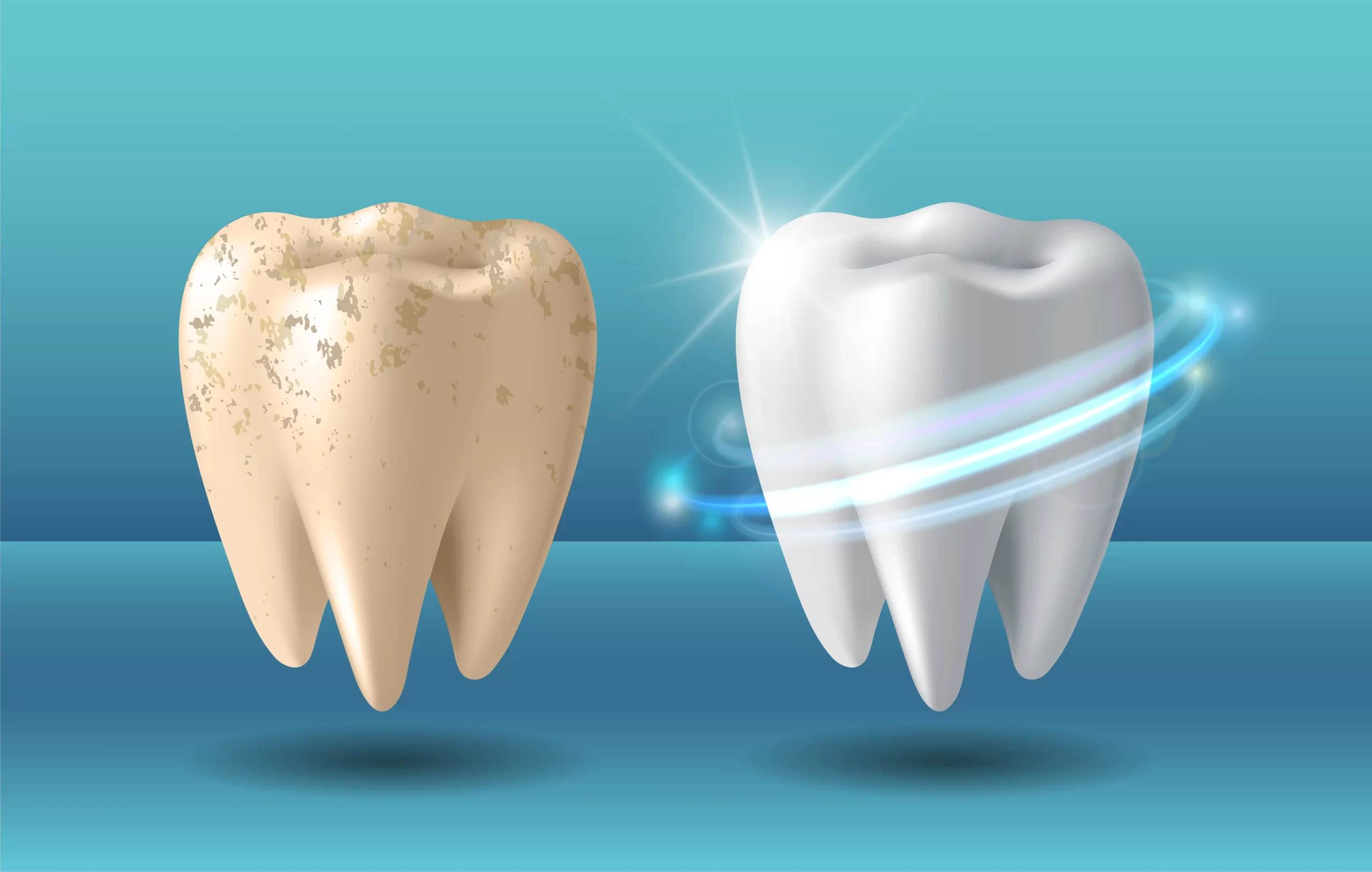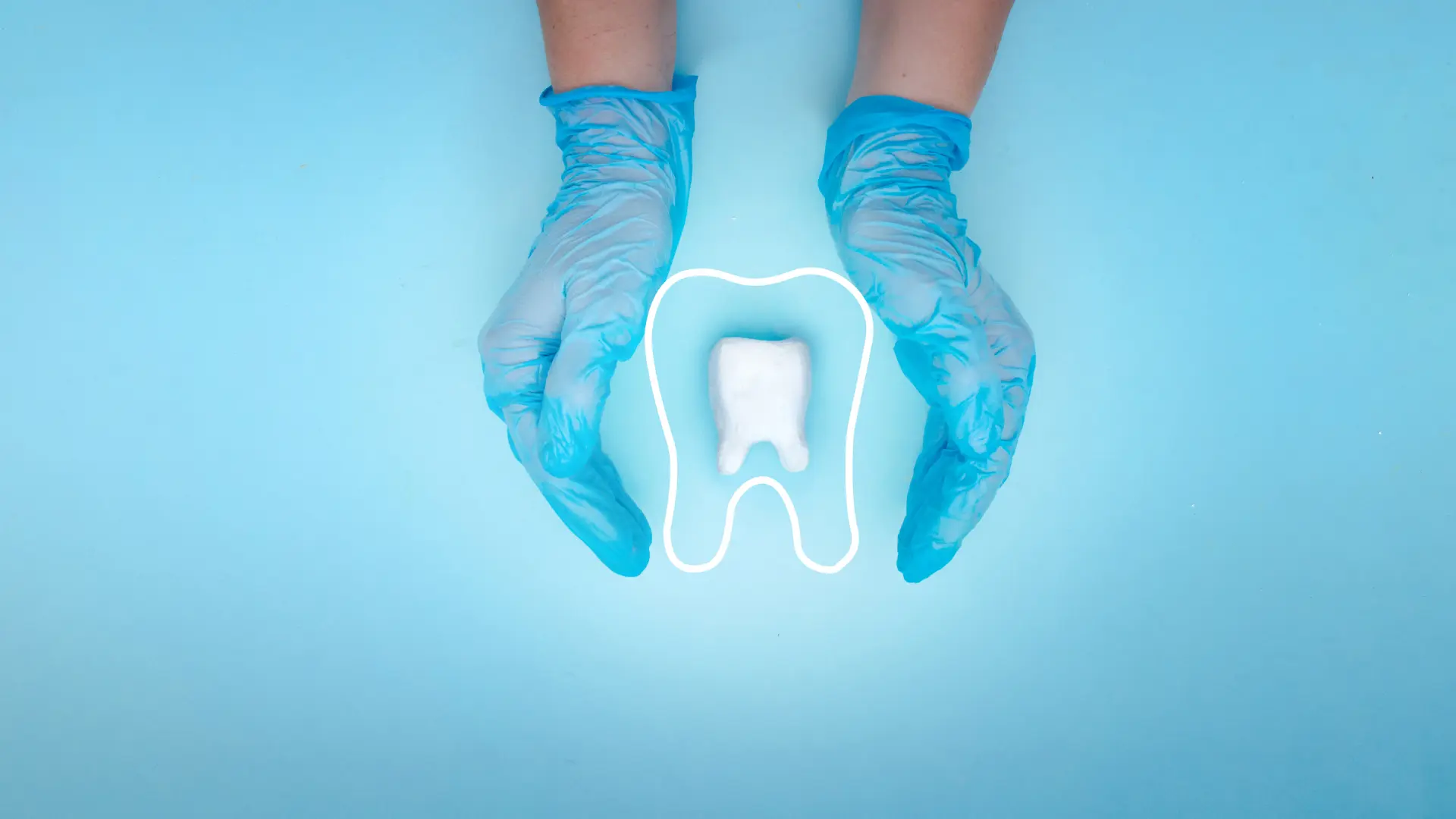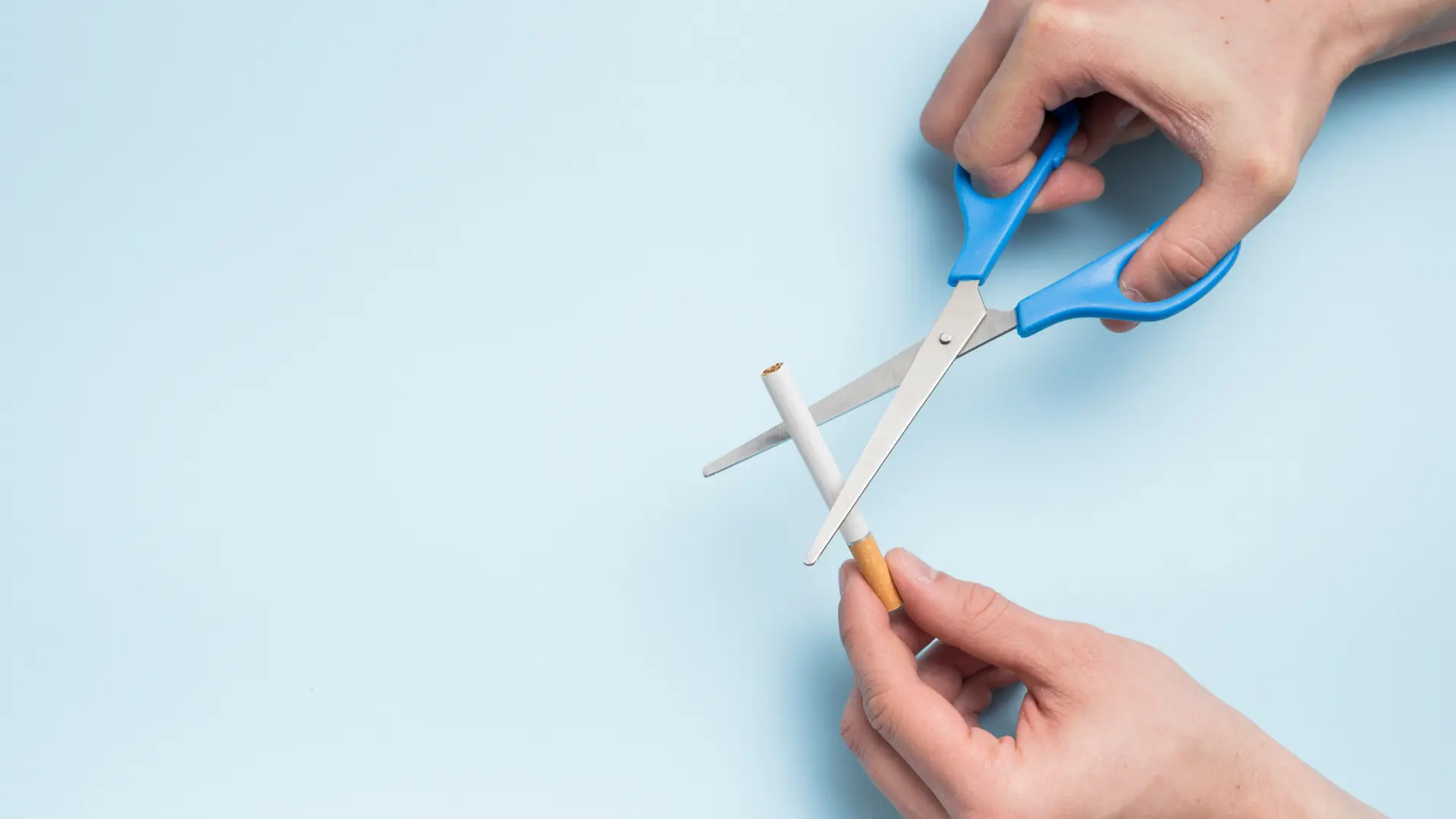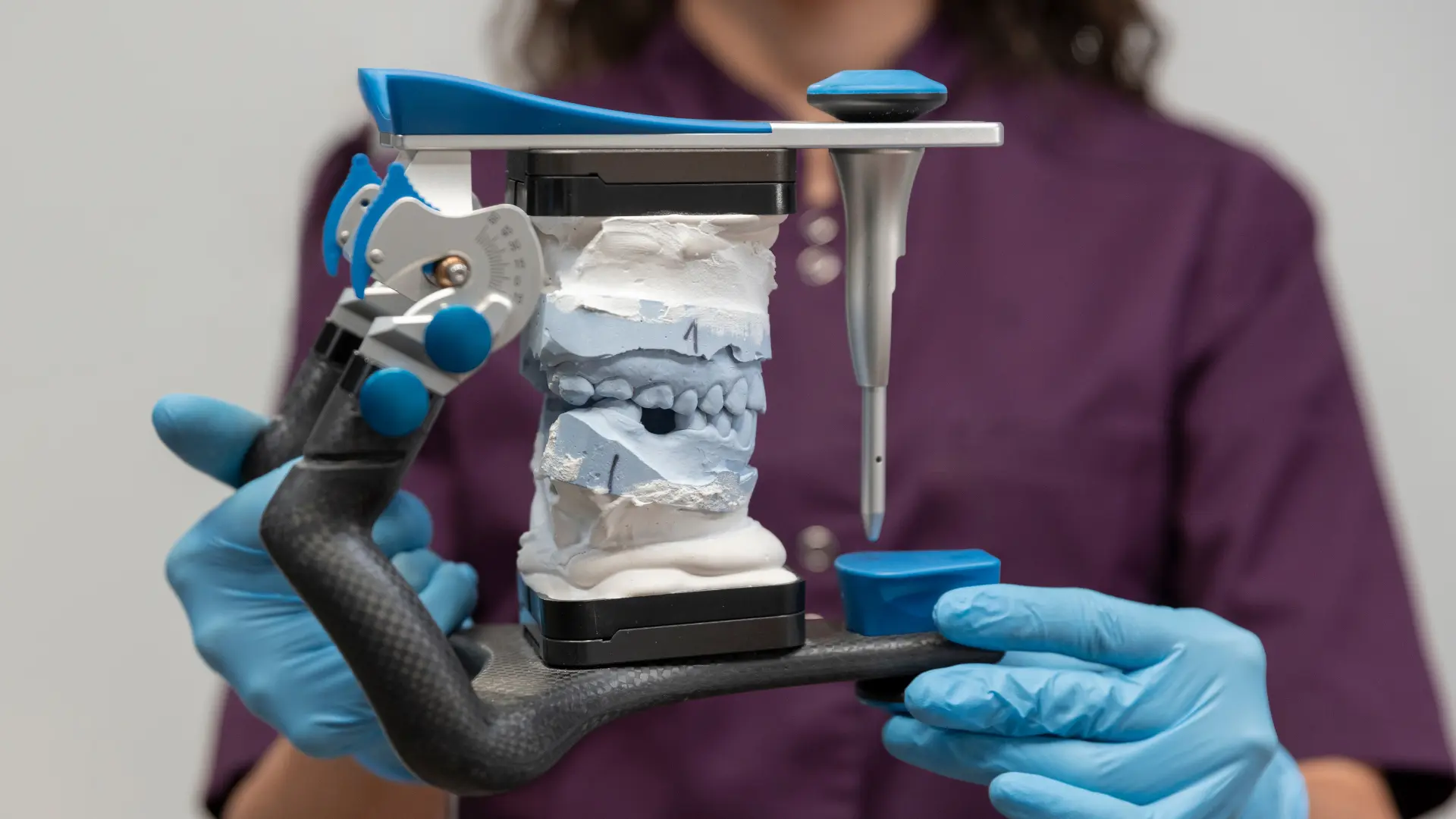Professional dental cleanings serve as a reset button for your oral health. Your teeth will be cleaned, scraped, and polished until they gleam like new. It’s up to you whether they stay that way and maintain a healthy grin.
What happens at home may be very different from what happens at the dentist’s office. But don’t get too worked up over it. Here’s how to brush and floss correctly to keep your teeth healthy.
What You Need To Brush Your Teeth
All you need for effective dental hygiene is a toothbrush, toothpaste, and a few minutes of your time. The toothbrush removes plaque and dirt from your teeth, while toothpaste contains fluoride, which helps prevent cavities. Brushing your teeth twice a day with a gentle yet thorough method is essential for maintaining a healthy smile and preventing dental problems. Remember to replace your toothbrush on a frequent basis to guarantee optimal cleaning!
What You Need To Floss
All you need for efficient flossing is dental floss or floss picks. This easy but important oral hygiene action removes plaque and food particles from between your teeth and along your gumline, where your toothbrush may not reach. Glide the floss lightly between each tooth, producing a C-shape to hug the surface of the tooth and clean below the gumline. Flossing on a regular basis promotes healthy gums and lowers the risk of gum disease and cavities. It’s a modest sacrifice for a tremendous impact on your overall health.
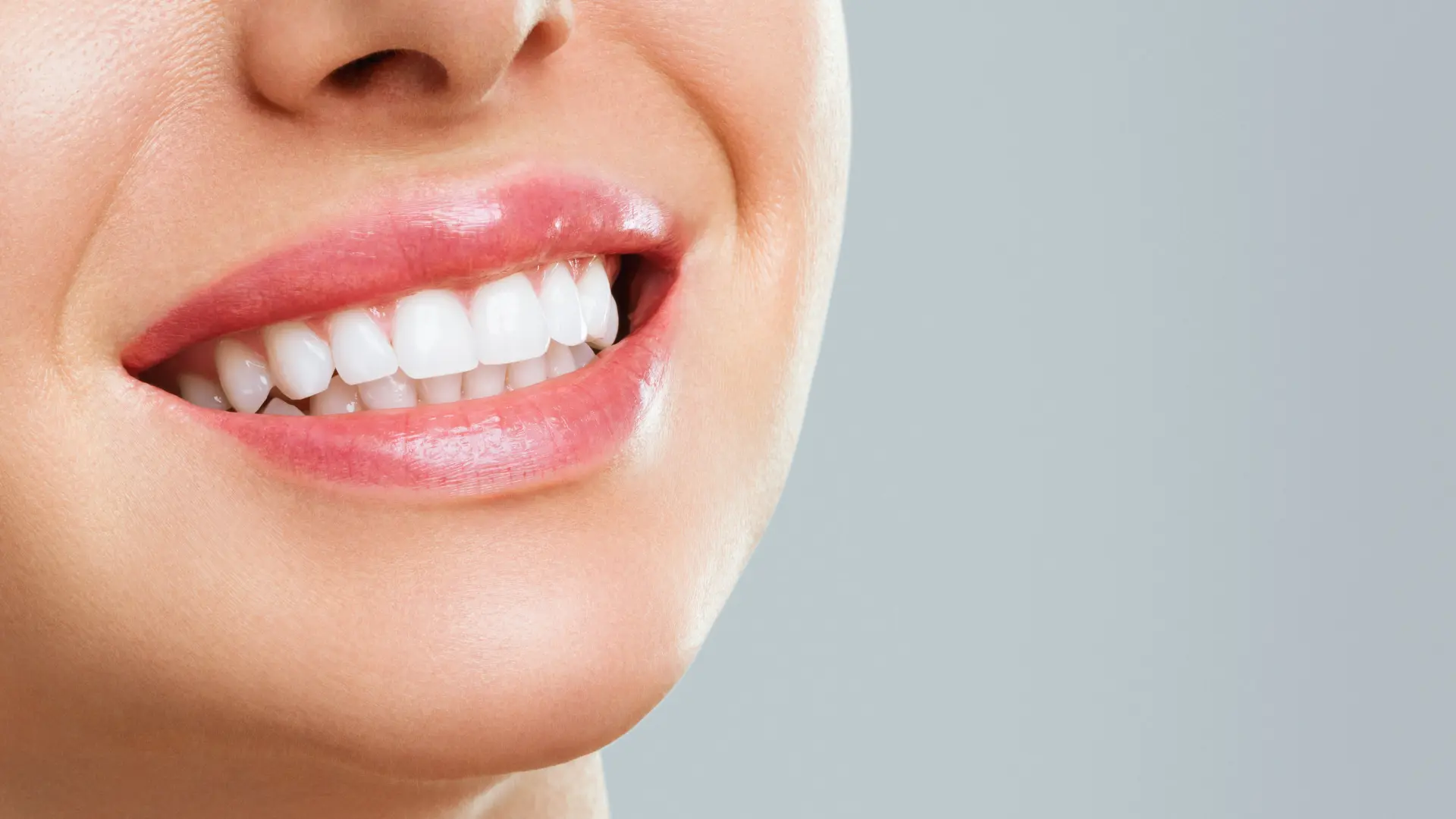
How To Brush Your Teeth Properly, Step By Step
- Choosing the Right Toothbrush: To avoid hurting your gums and enamel, brush with a soft-bristled toothbrush.
- Use Fluoride Toothpaste: Fluoride aids in the prevention of tooth decay. Brush your teeth with a pea-sized dollop of fluoride toothpaste.
- Correct Brushing Technique: Make a 45-degree angle with your toothbrush to your gums. Use circular, soft movements. Scrubbing too forcefully might harm your gums and enamel.
- Don’t Forget About Your Gums: Brush your gums to eliminate plaque and prevent gum disease.
How To Floss Your Teeth Properly, Step By Step
- Choosing the Correct Floss:Dental floss comes in a variety of varieties, including waxed, unwaxed, flavored, and tape floss. Choose the one that is most comfortable for you to utilize.
- Hold the Floss Correctly: Tightly grip the floss between your thumbs and forefingers, leaving approximately an inch of floss between them.
- Insert the Floss Between the Teeth: Using a back-and-forth motion, gently move the floss between two teeth. Snapping the floss into place might be harmful to your gums.
- Floss Each Tooth with a New Section: After cleaning one tooth, unwind a new section of floss from one hand while winding the used floss onto the other. This guarantees that a clean area is used for each tooth.
- Don’t Forget the Back Teeth: Pay extra care to the rear teeth, which are prone to plaque accumulation. To get the floss between the narrow places, use a gently sawing motion.
Brushing Teeth With An Electric Toothbrush
Brushing your teeth with an electric toothbrush is a quick and easy method to keep your mouth clean. Begin by picking a soft-bristled brush head that is appropriate for your requirements. Wet the brush head with a pea-sized quantity of fluoride toothpaste and rinse it under running water. Hold the toothbrush at a 45-degree angle to your gums, making sure the bristles make contact with both your teeth and your gums. Activate the electric toothbrush and use gentle circular or back-and-forth strokes to brush all surfaces of your teeth. Allow the toothbrush to do the work; there’s no need to use too much pressure. Brush for at least two minutes, covering all parts of your mouth. Electric toothbrushes frequently include built-in timers to assist you in keeping track. After brushing, properly rinse your mouth with water.
You can keep your oral health in good shape by replacing the brush head as directed by the manufacturer and combining regular flossing and dental check-ups with your electric toothbrush practice.
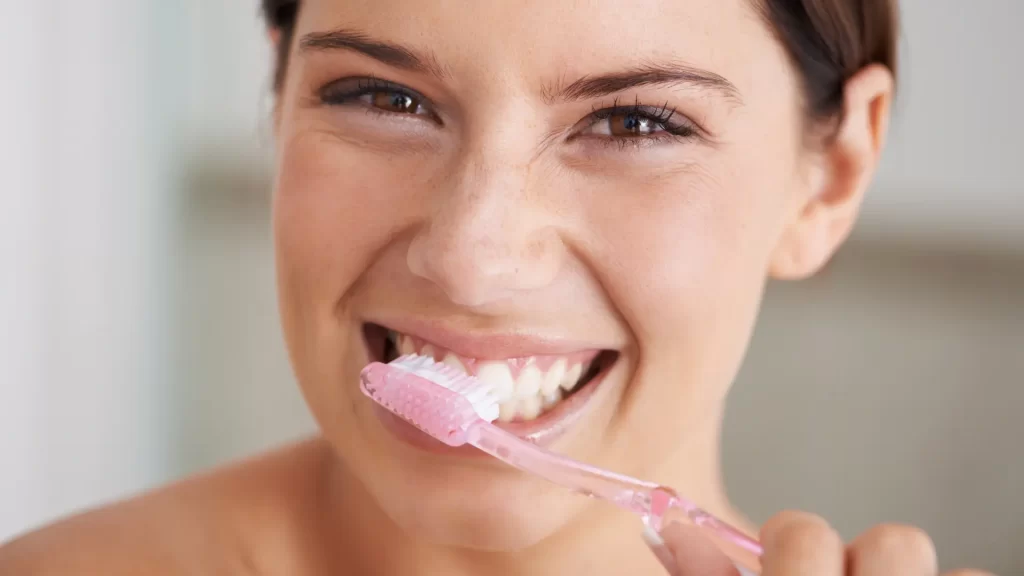
Brushing Teeth / Flossing With Braces
Caring for your teeth while wearing braces necessitates a little more care to guarantee appropriate cleaning as well as the safety of your orthodontic gear. Brush your teeth with a soft-bristled toothbrush and fluoride toothpaste when wearing braces.
Begin by removing any elastics or detachable brace pieces. Brush each tooth separately, angling the brush at a 45-degree angle to reach the tooth surface as well as the wires. Using gentle circular strokes, pay specific attention to the gumline, brackets, and wires. To clean between the wires and brackets, consider using an interdental brush or a proxabrush. With braces, flossing might be more difficult, so use a floss threader or orthodontic floss to go between wires and around each tooth.
Be careful and thorough, cleaning both above and below the wires. Regular dental check-ups are essential during orthodontic treatment to address any concerns and ensure your teeth and gums’ overall health.
Brushing Teeth / Flossing After Wisdom Teeth Removal
removal, it is critical to follow a gentle yet comprehensive dental care regimen. To minimize irritation, avoid brushing around the surgery areas during the first 24 hours. Begin the second day by gently washing your mouth with a warm saltwater solution after meals. When your oral surgeon gives you the all-clear, begin brushing with a soft-bristled toothbrush and a moderate, non-alcoholic mouthwash.
Brushing and Flossing Children’s Teeth
Good oral hygiene habits in youngsters are essential for their long-term dental health. Brush children’s teeth with a soft-bristled toothbrush and a little amount of fluoride toothpaste, around the size of a grain of rice for children under three and a pea-sized amount for older children. Encourage them to clean their teeth twice a day, making sure to reach all surfaces, including the front, rear, and chewing surfaces.
Introduce floss picks or floss holders to make the task more bearable for youngsters who may lack the dexterity for thorough flossing. Start flossing when their teeth begin to contact, which is generally around the age of two. Supervise their brushing and flossing until they can do so on their own, which is generally around the age of seven or eight. Regular dental check-ups are essential for monitoring their oral health and resolving any issues as soon as they arise.
FAQ about Dental Hygiene
What is proper dental hygiene?
Proper dental hygiene entails a variety of everyday procedures aimed at keeping your teeth and gums healthy. Brushing your teeth twice a day using fluoride toothpaste and a soft-bristled toothbrush is part of this. Daily flossing is essential for removing plaque and debris from between the teeth. A balanced diet low in sugary and acidic foods aids in the prevention of tooth decay. Regular dental check-ups, usually every six months, are necessary for expert cleanings and the early diagnosis of any problems.
What are the 5 fundamental principles of dental hygiene?
Regular and appropriate brushing of teeth using fluoride toothpaste and a soft-bristled toothbrush is one of the five essential principles of dental hygiene. Another important idea is to floss everyday to eliminate plaque and debris from between the teeth. Maintaining a balanced diet low in sugary and acidic foods aids in tooth decay prevention and enhances general oral health. Regular dental check-ups, usually every six months, are essential for expert cleanings and the early diagnosis of any problems. Finally, abstaining from tobacco products and limiting alcohol use are crucial guidelines for keeping excellent dental hygiene and preventing oral health concerns.
What is professional hygiene of teeth?
Professional dental hygiene refers to preventative and therapeutic dental care performed by qualified dental professionals to maintain and enhance oral health. Routine dental cleanings, also known as prophylaxis, are common, in which dental hygienists or dentists use specialized equipment to remove plaque, tartar, and stains from the teeth.





